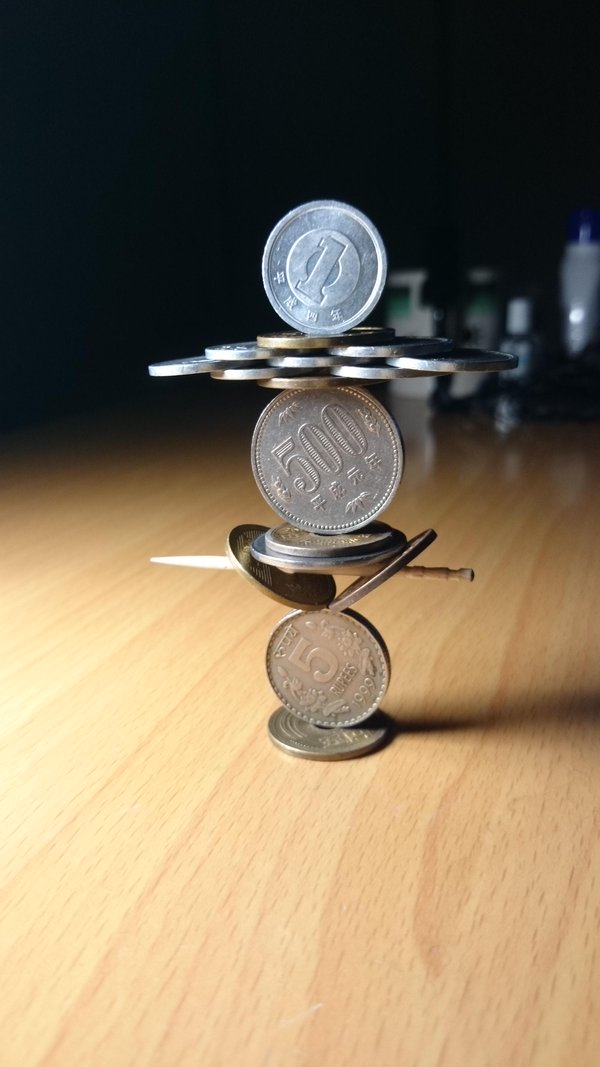This is my mind on ink, caffeine, and writer’s block. Enjoy. pic.twitter.com/x3cGnpusuH
— Simon Moya-Smith (@SimonMoyaSmith) December 14, 2016
This is my mind on ink, caffeine, and writer’s block. Enjoy.
Oh man, I’m feeling this. Having this day myself.








